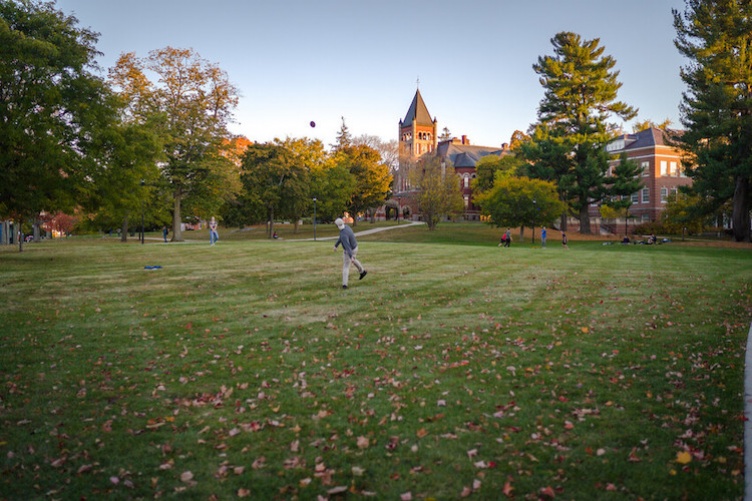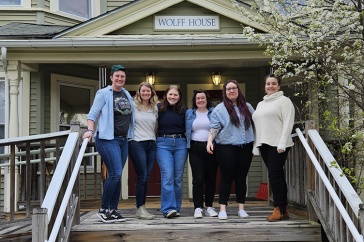
The disproportionate impact of the pandemic on certain populations has highlighted numerous disparities and injustices in our society. On the surface, a disease does not discriminate. However, it's not hard to see that some groups may find it more difficult to take health precautions, are less likely to be tested, and will not receive the same quality of treatment if they do end up with COVID-19. A parallel can be drawn between the disproportionate impacts of the pandemic and the ways in which interpersonal violence (sexual violence, relationship abuse, and stalking) can affect marginalized communities.
For example, low-income people undoubtedly face more risk of being infected with COVID, given that they are more likely to have crowded living conditions, are less likely to be able to work from home, may not be able to use sick leave, and may rely upon outside help to care for children or other family members. Also, they may not have enough access to testing, and they are likely to have limited or no health insurance to cover any needed treatments. People of color face unique barriers to healthcare as well; the COVID-19 mortality rate for Black, Latino, Native American, and Pacific Islander communities in the United States has been at least 2 to 3 times higher than that of white residents.
In a similar manner, although interpersonal violence can affect anyone of any community, interpersonal violence can affect marginalized populations in unique ways. The stigmatization and victim-blaming survivors of violence encounter may present differently and be more damaging when aimed at a member of a marginalized community. Low-income survivors face reduced access to services to support them, whether that is directly, due to cost, or indirectly, due to lack of transportation or other environmental factors. People who are homeless or incarcerated may be more at risk for violence and deal with unique barriers to accessing services. People who do not speak English fluently or who have disabilities may find many resources for survivors to be inaccessible. In addition, members of marginalized groups often are reluctant to rely upon structures and systems that have proven to be discriminatory in the past.
These parallels between the impact of COVID-19 and the impact of interpersonal violence indicate that there are lessons we could learn from pandemic interventions in order to better serve survivors who hold marginalized identities.
Lessons from addressing the COVID-19 pandemic within marginalized communities:
- A one-size-fits-all response is inadequate. We must learn about and respect the diversity of our communities, and be willing to adjust for high-risk groups.
- Marginalized groups should be able to participate in and engage with research on the issue.
- Many institutions and systems have discriminatory aspects, and it may be necessary to develop alternatives to responses which rely on these systems.
- It is vital to build trust, communication, and respect with the communities being served.
- Outside efforts should not speak over voices within marginalized groups. The community can be a valuable partner, and so are existing organizations within these communities. They should be supported, and their knowledge and perspective should be respected.
The pandemic encouraged us to examine the injustice of many systems in our society today. We cannot fully respond to the pandemic without considering disadvantaged populations. Similarly, we cannot fully address interpersonal violence unless we also wholeheartedly support marginalized communities.
Further Reading
To read more about pandemic response and public health engagement with communities, check out this article: Engaging With Communities — Lessons (Re)Learned From COVID-19.
-
Written By:
Carolyn Stoller | SHARPP
















































